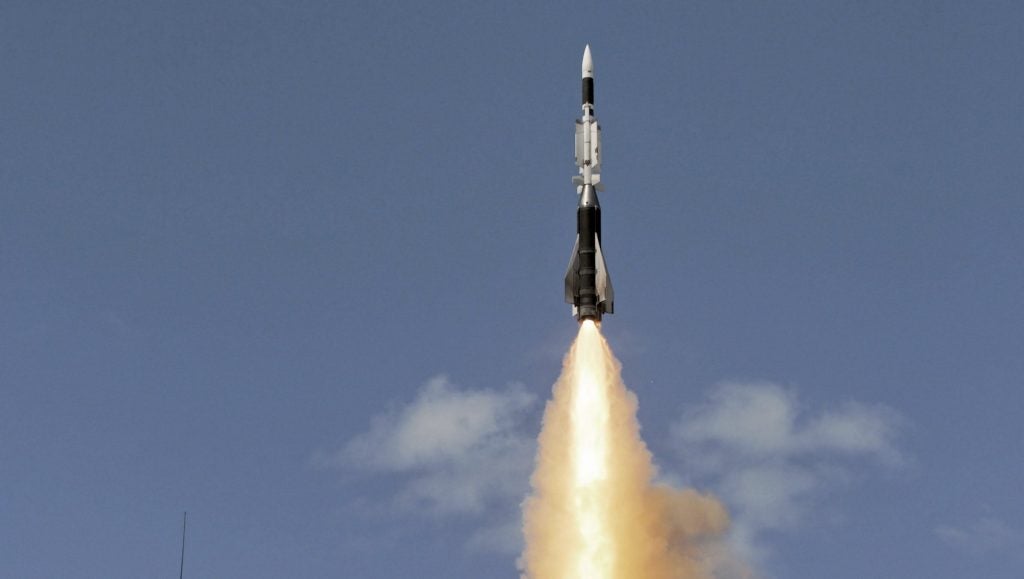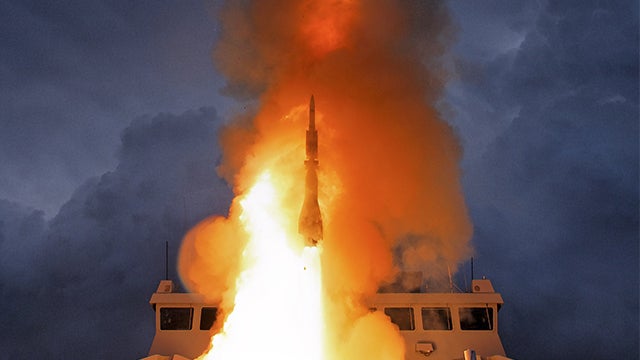French Navy Proves Cooperative Engagement Capability in Live Test
The French Navy has, for the first time, proven that it can conduct cooperative missile engagements. In a recent test, the guided missile destroyer Forbin engaged a target drone using a radar track provided by the frigate Languedoc via data-link. Cooperative Engagement Capability (CEC) is considered an essential tool in engaging and defending against mass salvos of anti-ship missiles.
The test took place on September 18th, and saw the Forbin fire an Aster-30 surface to air missile at a target provided by the Languedoc over the American-designed Link 16 data-link system. Testing this capability was part of the larger “Gabian” exercise that takes place annually off France’s southern coast.

France’s Directorate General of Armament—an organization that fufills a role that would be the responsibility of service specific procurement agencies in the US—played an essential role in the test. The DGA testing center, via data-link, provided a virtual environment for the Languedoc and Forbin to pick the real test target out of. This made the test significantly more representative of the challenges faced by multi-ship engagements of targets in the real world, without requiring the resources required to actually put many vessels and aircraft out on a live-fire range.
CEC for the French Navy is known as “Veille Coopérative Navale”, or Naval Cooperative Watch in English. The system is still undergoing rigourous development, but should give French surface forces in the future far greater situational awareness than they have now. To date, the USN is the only navy to universally deploy a CEC-type system across their surface combatants, though Australia and Japan will soon have the ability with the procurement of E-2D Advanced Hawkeyes. France is also buying the E-2D, which will complement the E-2Cs currently flying off the Charles DeGaulle.
As a concept, CEC was developed by the USN in the late sixties and mid-seventies to give older ships with increasingly outdated combat systems and radars the ability to have a role in the defense of the carrier. By linking the magazines of the older ships to the new radars of front line cruisers and destroyers, the obsolescent systems of the fifties vintage ships became much less of an issue. When France deploys VCN in the future, they will be the only European navy to have implemented such a system.

